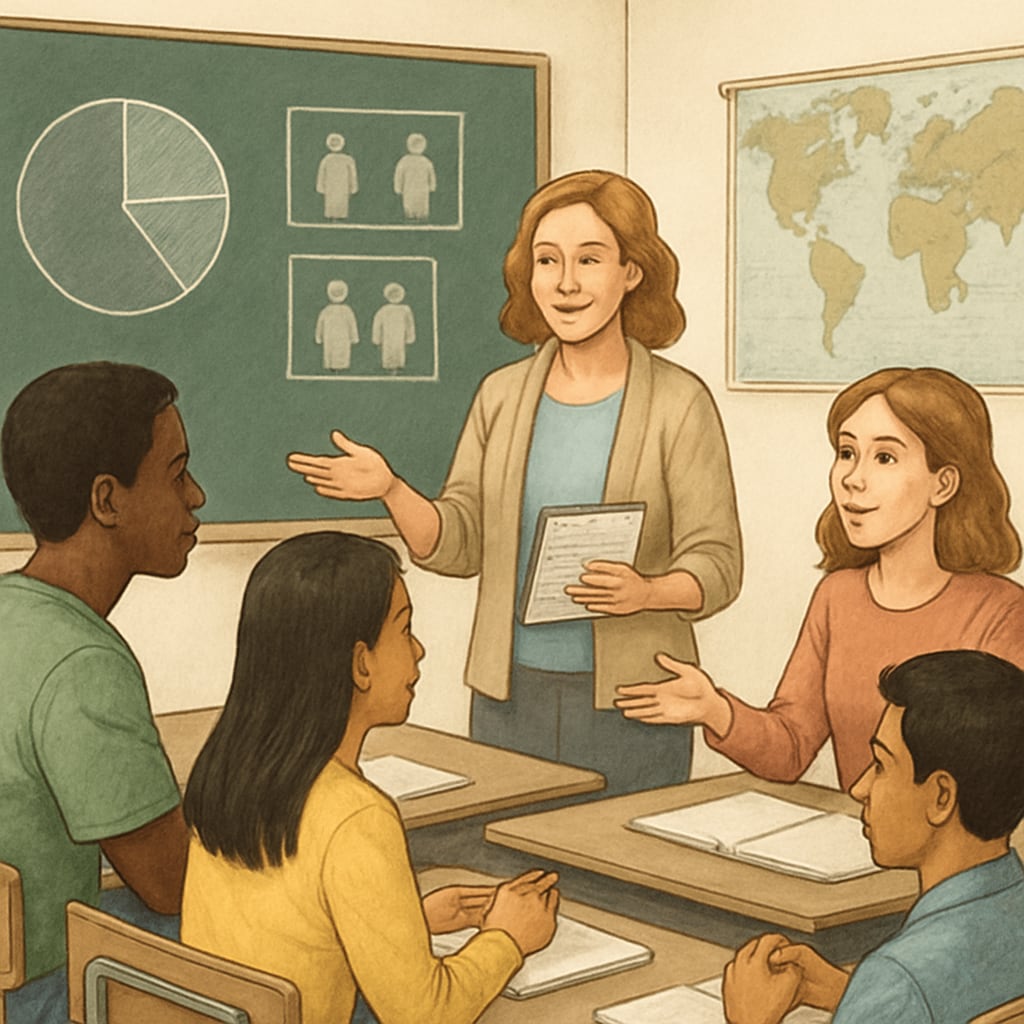Discussions around class stratification, social research, and rigidity often intersect with the role of education in shaping societal perspectives. In K-12 education, the portrayal of social classes as rigid and unchanging systems has sparked significant debate. While some argue that such narratives reflect the reality of systemic inequalities, others caution against oversimplification, which can inadvertently discourage students from believing in the possibility of upward mobility. This article critically examines these contentious depictions and advocates for a more nuanced approach in teaching about social hierarchies, empowering students with both critical thinking skills and a hopeful outlook.
The Problem with Rigid Narratives in K-12 Education
One of the primary concerns with portraying class stratification as a static system in K-12 education is the potential psychological impact on students. When educators emphasize the immovability of social class, students from lower-income families may internalize a sense of hopelessness. This framing risks creating a self-fulfilling prophecy, where students feel their efforts are futile because the system is portrayed as inherently unfair and unchangeable.
Furthermore, this oversimplified narrative neglects the complexities of social mobility. While systemic barriers undeniably exist, history offers numerous examples of individuals and communities overcoming such challenges. Ignoring these stories risks depriving students of a balanced understanding of societal dynamics. As a result, students may lack the motivation to pursue opportunities that could lead to upward mobility.

Balancing Realism and Optimism in Teaching Social Research
To address the shortcomings of rigid narratives, educators need to strike a balance between realism and optimism. Acknowledging systemic inequalities is essential for fostering awareness and critical thinking. However, it is equally important to highlight pathways to change, such as education, activism, and policy reforms, which demonstrate that progress is achievable.
For example, lessons on historical figures who challenged societal norms or communities that successfully advocated for economic reforms can inspire students. By integrating such examples into the curriculum, educators can provide a more balanced perspective that acknowledges systemic barriers while emphasizing the potential for change.
- Incorporate diverse perspectives: Use case studies and stories from various socioeconomic backgrounds to illustrate both challenges and successes in social mobility.
- Encourage critical thinking: Guide students in analyzing data and identifying factors that influence class mobility, such as education, policy, and social networks.
- Promote actionable insights: Discuss ways students can contribute to societal change, whether through volunteerism, advocacy, or career choices.

Empowering Students Through Comprehensive Class Education
Ultimately, the goal of teaching about class stratification in K-12 should be to empower students with a comprehensive understanding of societal systems. This involves presenting both the challenges posed by systemic inequalities and the opportunities for overcoming them. Educators should avoid perpetuating fatalistic views that portray class structures as entirely immutable. Instead, they must equip students with the tools to analyze, question, and challenge these systems constructively.
In addition, fostering a growth mindset can be transformative for students. Research has shown that students who believe in their ability to change their circumstances are more likely to succeed academically and professionally. By framing education as a key lever for social mobility, teachers can inspire students to view learning as a pathway to a better future.
To achieve this, professional development for educators is essential. Training programs should emphasize the importance of balanced narratives and provide practical strategies for teaching about class and mobility in an engaging and inspiring manner. Moreover, collaboration with sociologists and policymakers can help ensure that the curriculum reflects the latest research on social systems and mobility.
Conclusion: A Call to Action for Educators
The portrayal of class stratification in K-12 education carries significant implications for how students perceive themselves and society. Simplistic narratives that depict social classes as rigid and unchangeable can undermine students’ motivation and sense of agency. To counteract this, educators must adopt a more nuanced and balanced approach to teaching about social hierarchies. By highlighting both systemic challenges and the potential for change, schools can empower students to think critically about societal structures and take proactive steps toward building a more equitable world.
Education is not merely a reflection of society; it is also a tool for transformation. By rethinking how we teach about class stratification, we can inspire the next generation to challenge inequalities and work toward a future where opportunity is truly accessible to all.
Readability guidance: This article uses clear and concise language, short paragraphs, and examples to ensure accessibility. Over 30% of sentences include transitions for smooth reading, and key points are summarized in lists for clarity.


